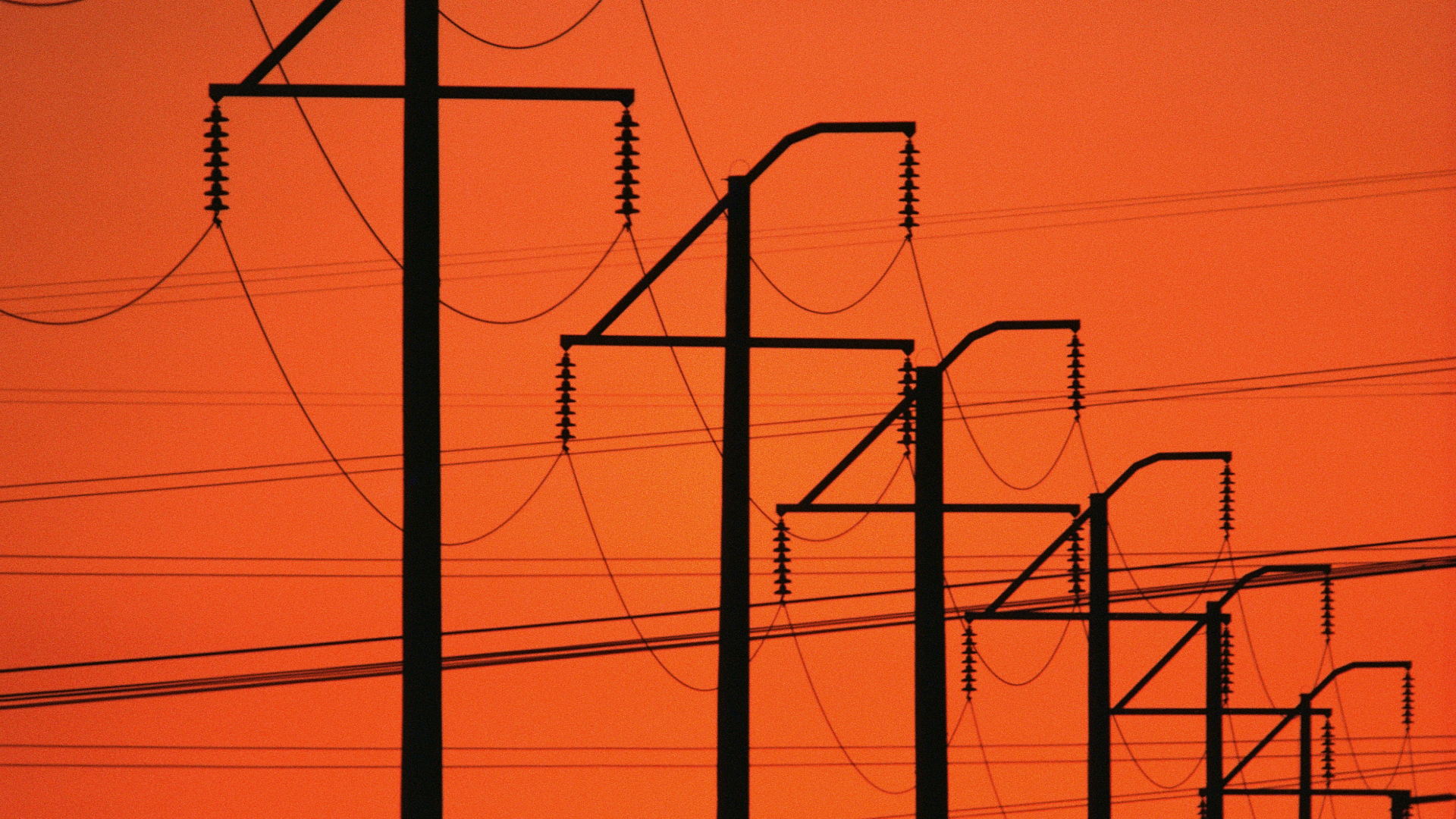A cloud computing definition consists of both services and hardware. While most people refer to the Internet as shorthand for “using the computer,” the truth is that no one could access the Internet if it were not for cloud computing devices.
While I have discussed cloud computing as Internet access in the article titled “What We Do Every Day,” I will now take the time to discuss the importance of cloud computing devices — that is, devices that help users access the Internet.
We use these devices on a daily basis but may not know that they are forms of cloud computing instruments. There are five major forms of cloud computing devices available to the current consumer:
- desktop PC
- laptop
- smartphone
- mobile tablet
- phablet (PadFone, FonePad, etc.)
Smartphones and tablets are the top cloud computing devices today that make the cloud computing definition.
While a number of companies still use desktop PCs and laptops, many businesses allow their employees to bring their own devices (BYOD) to work — causing employees to turn to the most portable devices available (phones and tablets).
Smartphones are phones that are capable of doing a number of other functions (such as providing Internet access and a camera for photos). Smartphones have become such powerful cloud computing devices because they provide the capabilities of a camera, Internet device, phone, navigation system, camcorder, and GPS system all in one.
There was a time when camcorders were common for events; today, users carry a smartphone and select the video function when they want to record a moment or event.
If a grandmother wants to take pictures for her grandchildren’s graduations, all she needs to do is pull out her phone, click over to the camera app, and click “flash.” With a smartphone, users need not pay for other devices — since the smartphone provides them all in a small frame. Your camera, camcorder, GPS, navigation, phone, and Internet access are all possible in the palm of your hand.
Smartphones and tablets are made out of different materials, according to the preferences of their manufacturers. Samsung has been in the tech news spotlight recently for choosing to make its phones out of plastic while more refined phones (such as Apple’s iPhone or Google’s Nexus 4) come made out of glass and aluminum.
According to Samsung Electronics co-CEO J.K. Shin, plastic is easy to produce and has better protection against drops and bumps than either glass or aluminum. Plastic is less prone to breaks, cracks, and dents than the other materials — although, glass and aluminum are materials that seem to be more refined and classy in terms of their constitution. A glass and aluminum phone (such as my iPhone 5) may seem a bit more luxurious than my Galaxy S3 because of its build materials.
When selecting a smartphone for cloud computing, you may want to decide what kind of drop impact you want your phone to have.
Smartphones have come to provide the same kinds of experience for users of any background, but they do so in different ways and through different operating systems. In the smartphone world, there have been three major operating systems: Windows, Android, and iOS.
Each of these operating systems provides different features in different locations, with different systems requirements for downloads, upgrades, and so on. When it comes to software, these three OS competitors will offer features that others may offer in a different form.
Take Android, for example: Android offers you more features than just web applications and a touchscreen. With Android, you also get features in the camera app that you will not find in iOS. On my Galaxy S3, I currently have camera features such as “GPS tag,” “anti-shake,” “single shot,” “best photo,” “best face,” “face detection,” “panorama,” “HDR,” “smile shot,” “low light,” “image quality,” “resolution,” “self-portrait,” “scene mode,” and “burst shot.”
IOS, on the other hand, will have panorama and self-portrait (as well as HDR), but it will not have face detection or burst shot — not to mention scene mode. Samsung’s scene mode allows you to select the scene in which you intend to shoot the photo. If it’s snowing outside and you want to take an excellent snow photo, just click the snow feature in scene mode and snap the one picture that captures your adventure.
Samsung’s Galaxy S3 comes built with an inherent 1280 x 720 screen resolution (with 720p HD video recording); however, should you prefer a screen resolution of 1920 x 1080, 2048 x 1536 (iPad 3 resolution on the GS3), or 3264 x 2448, just select one of these screen resolutions to take more refined photos than the GS3’s current resolution.
You will find that your photos come out better than ever. While the GS3 offers this type of screen resolution preference, Apple does not allow it in its iPhone camera app. The iPhone 5 may allow HD videos and photos (and may come with 1080p), but you can only have the screen resolution that is inherent to the smartphone itself. As you may notice, the preferences and options provided by Android do not exist in iOS.
This is not to say that the iPhone 5 is not an excellent purchase, or that it does not do the job well; rather, it is to show that the Android OS provides more option and customization than the iPhone 5 running iOS6. If you want to do basic functions and do not care for all the customization, then iOS devices may suit you just fine.
Tablets are no different from smartphones — except they are larger and have wider screens for movie and video viewing. Tablets are a form of the portable PC that many employees find more comfortable to hold in the hands than a laptop.
After all, a tablet can be used as a mini-PC when you purchase a tablet keyboard to use with it. In the area of keyboards, Android and iOS differ once more: while Android’s keyboards come with trackpads, iOS keyboards do not.
Apple is the inventor of the MacBook trackpad, and the company will not license the right to implement trackpad tech into iOS keyboards that will be used for its iPad line.
The reason behind this has to do with economics and the idea that Apple may lose out on its MacBook sales if it allows trackpad implementation on keyboards. While many employees and students purchase iPads because of their easy-to-use form factor, keep in mind that iOS keyboards do not come with trackpads. Android may not be a favored tablet manufacturer, but the OS offers trackpads with its keyboards.
These are additional differences to consider when purchasing your cloud computing device.
WiFi and cellular connectivity are other features worth considering with smartphones and tablets. While cellular connectivity and WiFi are provided with smartphones, only WiFi is common to all tablets.
To receive a 4G tablet with 4GLTE, you must pay more for your device than someone who purchases a WiFi-only device. The iPad with WiFi + 4G will cost approximately $130 more than a WiFi-only iPad — a whopping addition that may make you reconsider whether you want to purchase the cellular iPad or stick with the WiFi version.
If you have a WiFi hotspot plan with your smartphone, you may want to use it with your WiFi iPad and save the cellular money. It depends on preference and whether or not you want your device to be reliable — no matter the situation.
The phablet is a new category in cloud computing that has not existed until the last year or two. Samsung Electronics is credited with inventing the phablet line, mobile devices that combine both phone and tablet capabilities into one. When Samsung introduced its Galaxy Note 1, tech analysts criticized it heavily and laughed at the thought of a phone being used as a tablet (and more so vice-versa).
Samsung’s GNote 1 was a major hit, and the GNote 2 went on to be a major hit as well (although most people consider the phablets to be niche devices). It may have seemed crazy at the time, but Samsung’s phablets have led the way and influenced Android manufacturer ASUS to come out with phablets of its own: the ASUS PadFones and ASUS FonePads. Both PadFones and FonePads provide the capabilities of phones and tablets into one — similar to Samsung’s phablet line.
While the ASUS PadFone provides a smartphone that you can insert into the charging dock (the back of the tablet; the tablet does not come with its own OS but is given the projected OS of the smartphone), the ASUS FonePad is a seven-inch tablet that provides calling capabilities.
It has an in-built Intel Atom core processor (3G chip) and can make both phone calls and tablet searches and runs Android 4.1 Jelly Bean right out of the box. In other words, it’s a phablet in the basic sense of the word. The ASUS FonePad sells this month, and may be one of the mobile phablets you decide to purchase.
In an earlier article, I said that cloud computing involves accessing Internet services that you cannot feel tangibly, in the same way that you cannot touch an actual cloud in the sky. While you cannot touch the clouds, you can get close to them by way of a telescope, microscope, or airplane.
While you cannot “touch” the Internet, you can get close to it via your mobile cloud computing devices — smartphones, tablets, phablets, etc. In the end, it is up to you to use the device(s) you choose. Either way, a proper cloud computing definition cannot be arrived at without them.



